Don’t Be Scared to Prune Your Lavender—Here’s How to Do It Right
I’ve seen it a hundred times. A beautiful lavender plant, full of promise in its first year, slowly transforms into a woody, leggy octopus with a few sad flowers at the tips. It’s the number one question I get asked: how do you prune this thing without killing it?
In this article
Honestly, most people are terrified to take shears to their lavender. They think one wrong snip and it’s game over. But I’ll let you in on a professional secret: the absolute biggest mistake you can make with lavender is not pruning it at all.
An unpruned plant doesn’t just look messy; it’s on a path to self-destruction. The woody base grows bigger and heavier each year until, eventually, the weight of rain or snow can literally split the main stems open. That kind of damage is almost always fatal. So, this isn’t just a cosmetic haircut. Proper pruning is what keeps your lavender healthy, compact, and blooming like crazy for years to come.
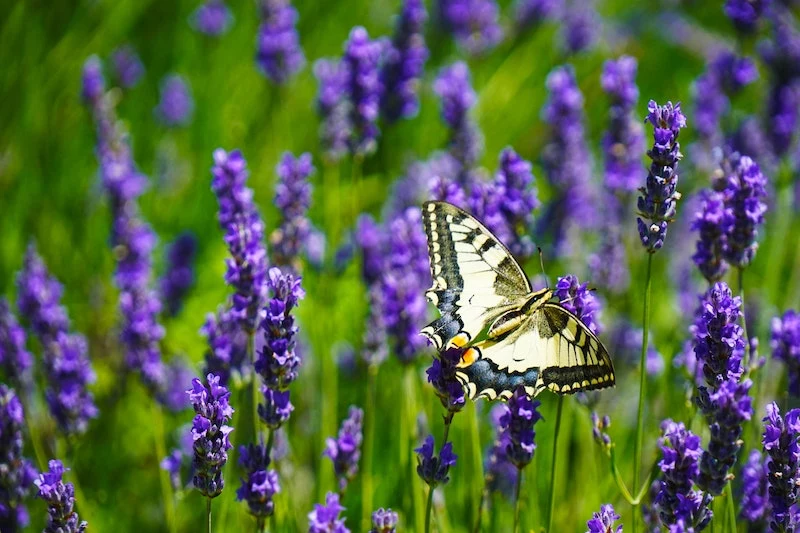
First, Let’s Talk Tools (It’s a Short List)
You don’t need a lot of fancy gear for this. Your main goal is a clean, sharp cut that doesn’t crush the plant’s stems. Here’s your simple toolkit:
- Sharp Bypass Secateurs: This is your most important tool. “Bypass” means the blades slide past each other like scissors, making a clean slice. Avoid the “anvil” type that crushes the stem against a flat plate. A good pair of bypass secateurs will run you between $20 and $50, and they’re a fantastic investment for the whole garden.
- Gardening Gloves: A good idea for protecting your hands. Plus, the essential oils in lavender can be a mild skin irritant for some people.
- Rubbing Alcohol: Before you start, give your secateur blades a quick wipe with alcohol. It’s a simple pro habit that prevents spreading plant diseases from one plant to another.
The Big Secret: Don’t Cut the Old Wood
Okay, before you make a single cut, you need to understand one critical rule. Lavender is a semi-shrub, meaning it has a woody base that doesn’t die back in winter. The flowers and new growth sprout from this woody frame.
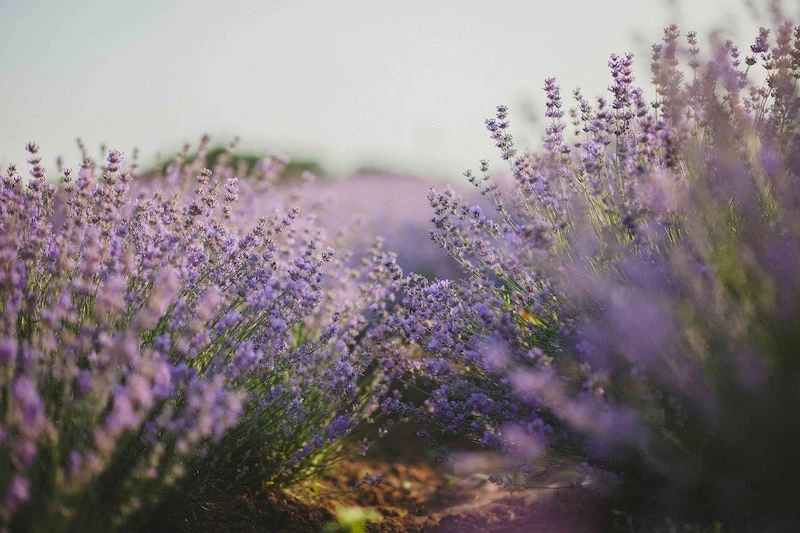
Heads up: You must not cut into the old, brown, leafless wood.
That old wood has almost no active growth buds. If you chop a stem back to a point where there are no leaves, it won’t regrow. It’ll just die. I learned this the hard way years ago on a client’s beautiful hedge and watched in horror as dead patches appeared that never recovered. A tough lesson, for sure. When you prune, you are only ever cutting into the soft, green, or silvery-green leafy stems.
When to Prune: The Two-Step System
Timing is everything. For most traditional lavender types, the best approach is a simple two-part system that works with the plant’s natural cycle.
1. The Main Prune (Late Summer / Early Fall)
This is the most important prune of the year, and you’ll do it right after the main show of flowers is over. The goal is to remove the spent flower stalks and reshape the plant before it goes dormant. For most climates, this means late August or early September.
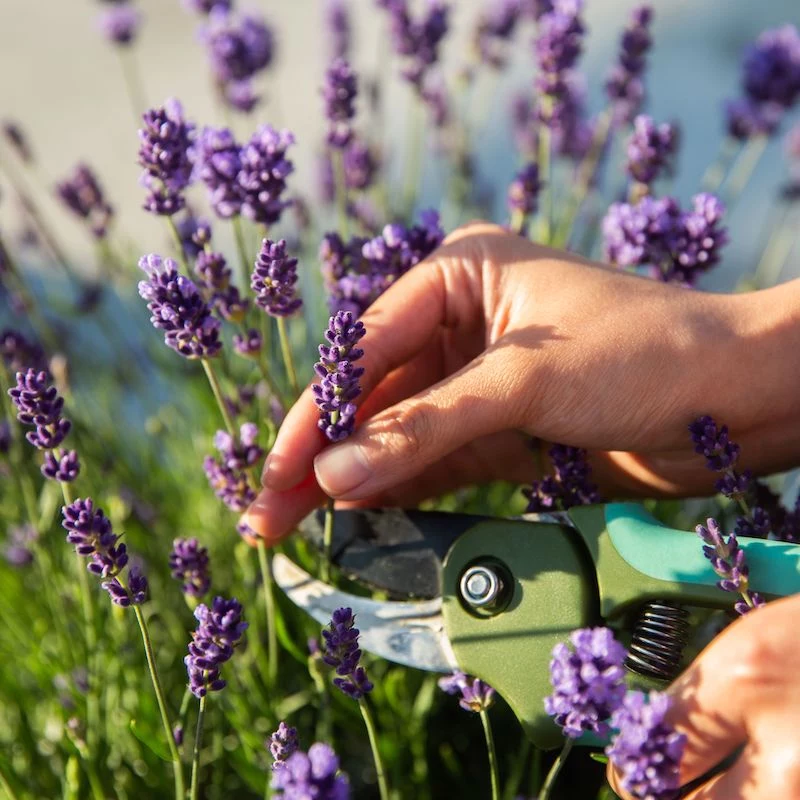
There’s a bit of a balancing act here. You need to prune early enough that the plant has time to heal and put on a tiny bit of new growth before the first hard frost. A good rule of thumb is to get it done at least six weeks before your area’s first expected frost date. By the way, if you don’t know that date, just search online for a “frost date calculator” for your zip code. It’s incredibly handy.
2. The Spring Tidy-Up (Optional but Recommended)
This is a much lighter touch. In early spring, just as you spot the first new silvery shoots, take a walk around your plant. You’re just looking for any stems that got zapped by frost or damaged by winter winds—they’ll look brown and brittle. Snip those dead bits back to the healthy green growth. It’s a quick clean-up that makes the plant look tidy and removes potential entry points for disease.
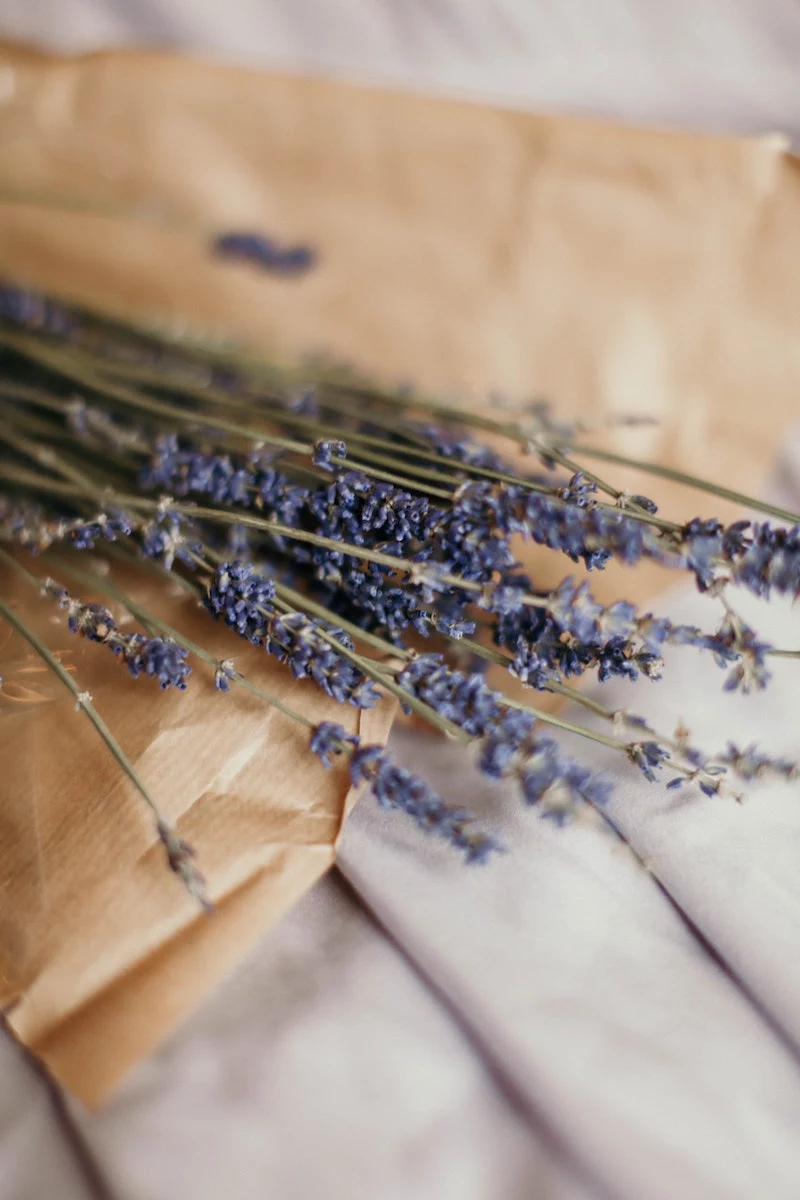
How to Prune: From Young Plants to Mature Shrubs
The technique itself is pretty straightforward once you get the hang of it.
For a Young Plant (First Couple of Years):
The first year is all about building a strong foundation, not getting flowers. After its first small bloom, cut the entire plant back by about half. I know, it feels brutal! But this forces the plant to branch out from its base, creating a dense, multi-stemmed shrub instead of a single, leggy stick. In year two, let it flower, and then give it its first proper structural prune in late summer, following the steps below.
For a Mature Plant (Year 3 and Onward):
This becomes a quick annual ritual. It should only take a few minutes per plant.
- Gather the Stems: Grab a big handful of the stems, almost like you’re putting them in a ponytail. This groups all the flower stalks together.
- Make the Cut: With your secateurs, cut off the whole bunch. You want to remove all the flower stems plus about one-third of the leafy, green growth. Don’t overthink “one-third.” Your goal is to leave at least 4-6 inches of healthy, leafy stem behind. You should never be looking at just brown, bare wood below your cut.
- Shape the Mound: After you’ve removed the bulk, step back and tidy up the shape. You’re aiming for a compact, rounded dome. Think of it like trimming a shaggy, overgrown ball into a tighter, smaller one. This shape isn’t just for looks; it helps shed water and snow, preventing those dreaded splits.
Oh yeah, and don’t just throw those cuttings away! The fragrant stems are fantastic. Tie them in bundles to use as natural fire starters for your fireplace or fire pit. Or, strip the buds and let them dry on a screen for a week to make amazing smelling sachets for your drawers. You can even try propagating them—just snip a 4-inch piece of semi-ripe stem (firm but not woody), remove the lower leaves, dip it in rooting hormone, and plant it in a pot of moist soil.
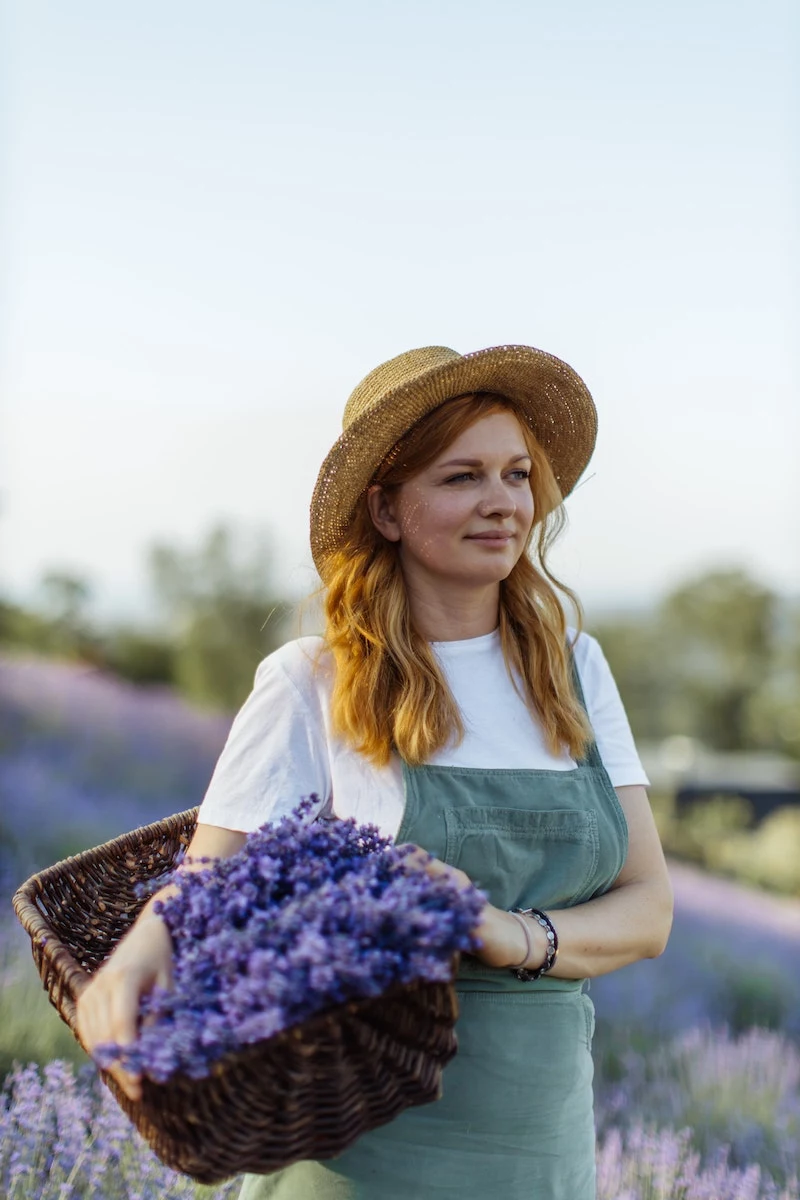
Quick Tip: Not All Lavenders Play by the Same Rules
Treating all lavenders the same is a super common mistake. Knowing what kind you have is key, because their needs can be quite different. Here’s a quick rundown without getting too technical:
- English Lavenders: These are the classic, super hardy varieties. They have that sweet fragrance and typically one big, amazing bloom in early summer. Because they’re so tough, they are very forgiving. You can prune them back by a third without any worry, following the standard late-summer schedule.
- Lavandins (Hybrids): These are often bigger, more vigorous plants with long stems and a stronger, more camphor-like scent. They tend to bloom a bit later in the summer. The pruning technique is the same, but because they bloom later, your window for the fall prune is smaller. You have to be prompt about it!
- Spanish and French Lavenders: You’ll recognize these by their unique pineapple-shaped flowers with little “bunny ears” on top. These are the delicate ones—they are much less cold-hardy. Do not give these a hard prune in the fall. Their main shaping should happen in late spring or early summer after their first big bloom. For the rest of the season, just deadhead the spent flowers to encourage more.
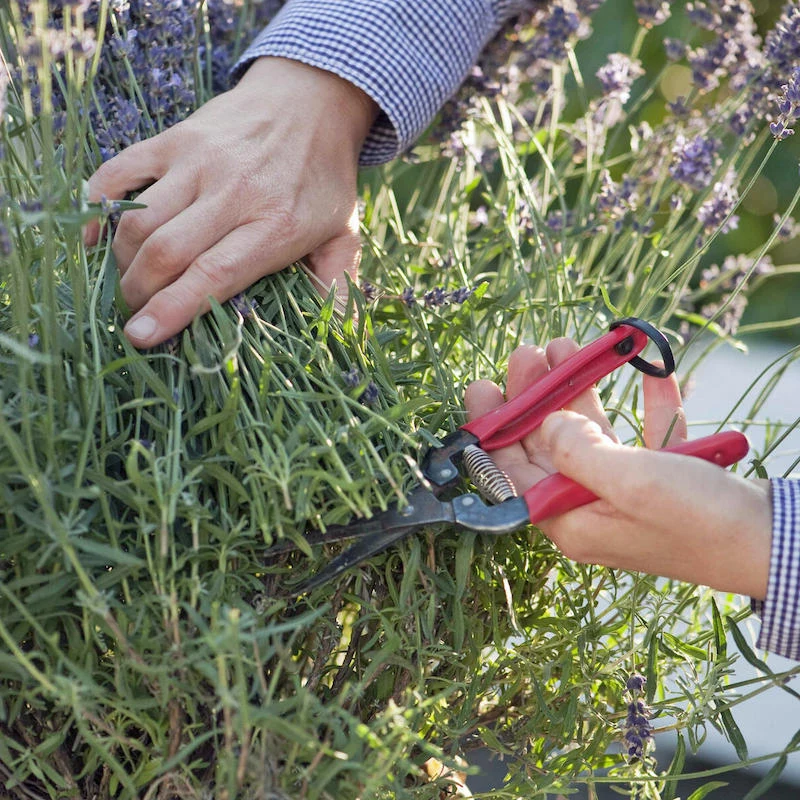
The Rescue Mission: Can You Save a Woody Lavender?
So what if you’ve already got that woody octopus in your yard? Can it be saved? The honest answer is… maybe. It’s a high-risk procedure, and to be frank, it’s often easier and more rewarding to just replace it. A new one-gallon lavender plant is usually around $15-$25 at a garden center and will look better, faster.
But if you want to attempt a rescue, do it in early spring as new growth appears, not fall. Get on your hands and knees and look for any tiny green shoots coming from the low, woody base. If you see them, you have a chance. Cut the woody stems back to about 1-2 inches above those new shoots. It’s going to look severe. Then, give it a little boost with a diluted liquid fertilizer, like a simple seaweed feed or a balanced 10-10-10. If it survives, you’ll see new growth emerge. Let it grow for the summer, then prune that new growth by half to encourage it to get bushy.
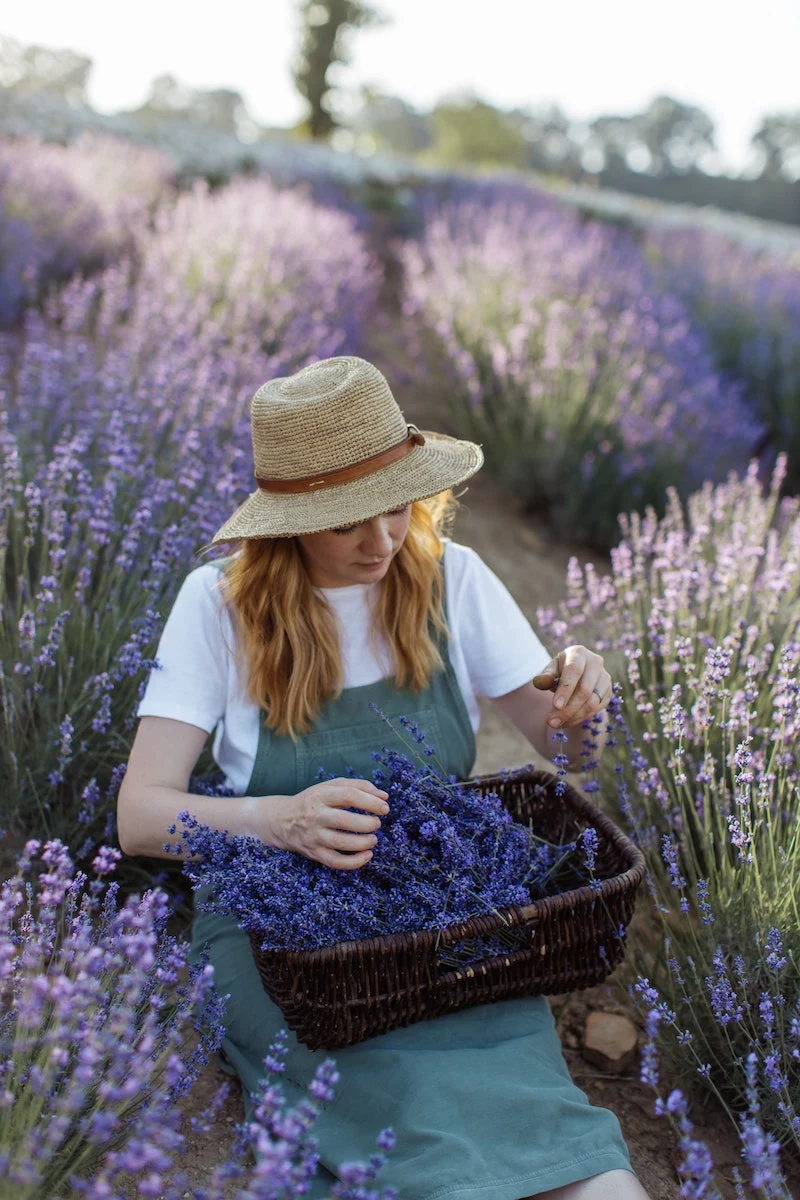
I’ve had some surprising successes with this method, but I’ve also lost a few. It really drives home how important that simple, consistent annual pruning is from the start!
Inspirational Gallery
Timing your pruning is just as important as the technique. For most lavender varieties, there are two ideal windows to get the job done:
- Light Pruning: Right after the first flush of flowers fades in early summer. This encourages a potential second, smaller bloom.
- Hard Pruning: In late summer or early fall, at least six weeks before the first hard frost. This is the main structural prune for the year.
The fragrance released when pruning lavender is no accident. The plant’s essential oils, rich in a compound called linalool, are stored in trichomes on the leaves and flowers, which rupture when cut, releasing that famously calming scent.
This aromatic burst is more than just pleasant; it’s a natural defense mechanism for the plant. For the gardener, it transforms a simple chore into a moment of aromatherapy, reducing stress with every snip.
Don’t just toss those fragrant clippings! The stems and flowers you prune are perfect for simple DIY projects. Tie them into small bundles with twine and hang them in a dry, dark place for a few weeks. Once completely dry, you can place the bundles in closets and drawers or strip the buds to create fragrant sachets that will keep their scent for months.
Is it possible to save a very old, woody lavender?
It’s a high-risk, high-reward situation. While the main rule is never to cut into old wood, you can try a ‘rejuvenation prune’ in early spring. Instead of pruning the whole plant, cut back just one-third of the oldest, woodiest stems to about 6-8 inches from the base. If new growth appears on those stumps by summer, you can prune another third the following spring. It’s a slow process with no guarantees, but it’s the only chance a neglected plant has.
- Denser, more compact shape.
- A dramatic increase in flower production.
- Better air circulation, reducing fungal risk.
The secret? A two-step pruning method. After the main prune in late summer, perform a very light tip-prune in the spring, just as new growth appears. This encourages the plant to branch out even more, creating that perfect, lush mound.
A tool for life: While any sharp bypass secateurs will work, professionals consistently rely on the Felco F-2 Classic. Their Swiss-made precision, hardened steel blades, and replaceable parts make them a true ‘buy it for life’ investment that ensures a clean, healthy cut every time, not just for lavender but for your entire garden.
English Lavender (Lavandula angustifolia): This is the classic, cold-hardy variety. Prune it back by about one-third to two-thirds of the new growth, shaping it into a tidy mound. It’s quite forgiving.
Spanish & French Lavender (Lavandula stoechas/dentata): These are less cold-hardy and bloom earlier. They require a much lighter pruning right after they flower. A simple ‘haircut’ to remove the spent flower stalks and lightly shape the plant is all that’s needed.
Knowing your variety is key to the right cut.
According to the Royal Horticultural Society, regular pruning can not only extend the productive life of a lavender plant from a few years to as many as 15-20 years, but it also significantly increases the concentration of essential oils in the subsequent season’s growth.
Turn your pruning into propagation. Take 4-inch cuttings from the healthy, green (softwood) stems you’ve just removed. Strip the leaves from the bottom half, dip the end in rooting hormone, and plant it in a pot of moist potting mix. You’ll have new, free lavender plants in a matter of weeks.
A well-pruned lavender forms a ‘mound’ or ‘hummock’, a classic shape in garden design. This dense, rounded form provides structure and texture even when the plant isn’t blooming. It creates a soft, repeating pattern in borders and acts as a perfect counterpoint to spiky, upright plants like ornamental grasses or salvias. Proper pruning isn’t just for plant health; it’s a key tool for aesthetic composition.










